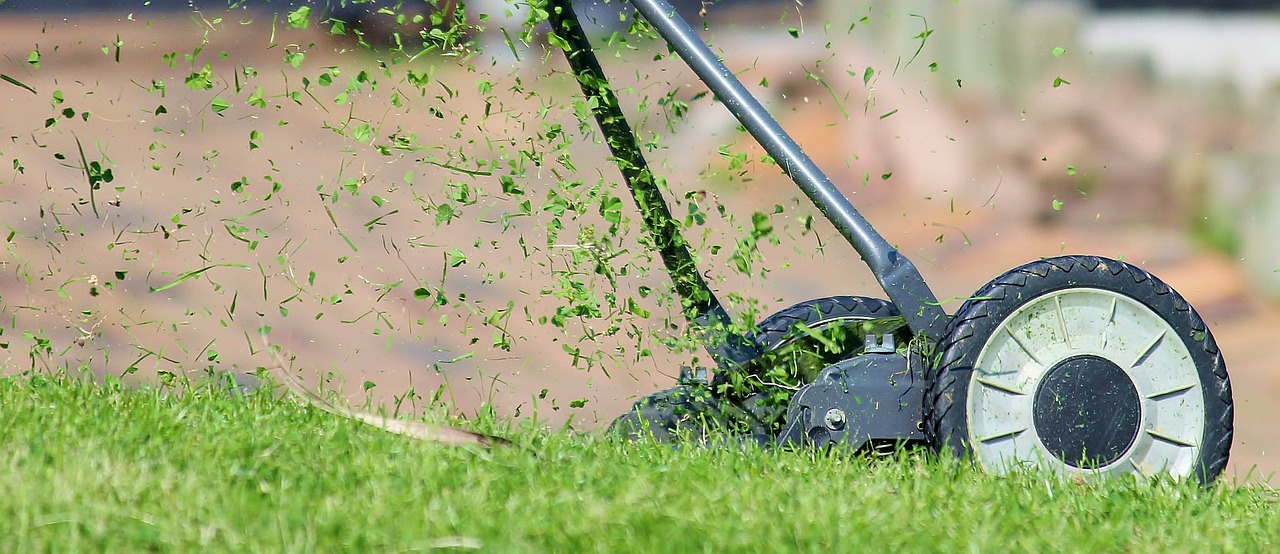Winter may be aesthetically beautiful to look at with all those snowflakes and ice. But it can be problematic for your lawn. The freezing temperature, cold rain, and snowstorms can not only cause damage but also kill your lawn grasses and plants down to the roots. Winter kill is undoubtedly a headache for any homeowner who spends time and money on beautifying their lawn.
Another effect of chilly temperatures on your lawn is dormancy, wherein some grasses will look dead but are alive. Other grasses will go through desiccation as the moisture cannot go down the roots due to ice and snow. And then there’s the fungal lawn disease called snow mold, which isn’t noticeable until the layers of snow are removed. To prevent lawn problems like these, here are some lawn care tips for you in the upcoming winter.
1. Minimize soil compaction

Soil compaction is terrible news if you’re maintaining a healthy green lawn, especially after the winter. This problem reduces the soil’s ability to nourish your grasses and even causes drainage issues.
Prevent soil compaction by getting rid of snow piled on top of your lawn grasses. Spread them out if you don’t know where to put them. Spreading out the snow is also a smart way to discourage mold formation and accelerate melting.
Moreover, you can prevent soil compaction by limiting the parking of vehicles on the lawn and snow play. Other ways to protect your lawn soil are having mulch around the grass and plants, covering vacant beds with an old cloth, and tolerating some winter weeds.
2. Fertilize your lawn
In general, you need Nitrogen, Phosphorus, and Potassium to promote green growth in your lawn. Micronutrients such as zinc and iron are also crucial. Your yard can get those nutrients through fertilizers. Most fertilizers readily indicate their N-P-K values on the packaging, which tells you the percentage of the nutrients.
If your location gets mild winters or you have a warm-season lawn, it’s best to wait until the growing season or for spring to fertilize. Fertilizing too early can compromise healthy root growth and invite weeds into your lawn.
As for cold-season lawns, the grasses respond best to do fertilization during fall and allow you to maintain their green color into the winter. Don’t fertilize on frozen soil, as fertilizers will be useless. On top of that, make sure to follow the instructions on the fertilizers’ labels.
3. Trim the grass and trees
Trimming is another lawn task to put on your to-do list. In terms of grasses, they continue to grow until the first hard frost, so it’s essential to cut them to avoid fungi and snow mold. The ideal grass height is about 2 ½ to 3 inches. However, be careful not to cut them too short as the root system can be affected.
What’s the worst thing that can happen? Your lawn won’t be able to survive the winter cold and dryness. By mowing correctly, you can also ensure the yard will get soil-enhancing mulch. Winter is also a popular time to trim trees on the lawn. One common misconception about this is that tree trimming or removal is a bad idea for the winter.
The truth is, tree trimming solutions in the snowy months come with benefits. It’s best to have it performed by professionals to ensure you’re not risking the health of your trees. Also, spring-flowering trees and shade trees have different ideal times for pruning, so it’s better to ask an expert.
4. Clean out the lawn

Winter is a time for celebrating holidays, wherein most homeowners fill their lawns with decorations, from large candy canes to numerous lights. But take note that holiday decorations can potentially harm your lawn, especially the grass.
As much as possible, don’t leave anything on dormant winter, may it be holiday decorations, toys, or lawn care tools. These items can block off nutrients, water, and sunlight that your grass needs. Ignoring this can lead to a patchy-looking lawn and dead grass.
In addition, clear out the blanket of dead leaves and branches, which can be a problem by spring. Leaving heavy limbs can result in crown hydration and impede drainage. On the other hand, small areas of such organic debris are usually harmless.
Taking care of your lawn even in the nicest weather is already tough. So, don’t make winter a real nightmare for you and your lawn by following the tips in this guide. You can also consider hiring a professional lawn care company if you require extra services like core aeration and weed prevention.
